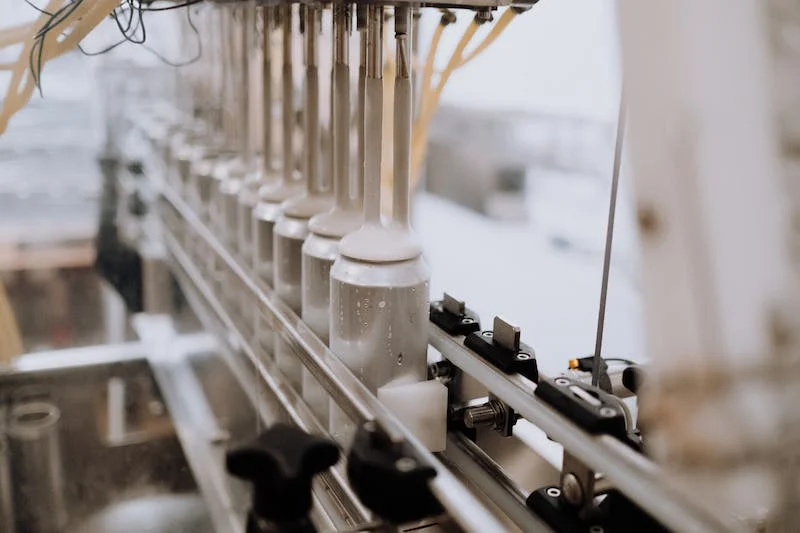The landscape of manufacturing is undergoing a profound transformation, driven by advancements in robotics and automation. In the not-so-distant past, the image of a factory floor was one dominated by humans toiling alongside machines. Today, that picture is changing rapidly as robots take centre stage, reshaping the industry in ways that were once the stuff of science fiction. In this blog post, we will explore how robots are revolutionising manufacturing, the technologies driving this change, and the far-reaching implications for the future.
The Rise of Industrial Robots
Industrial robots, once confined to heavy manufacturing tasks in automotive plants, are now diversifying and becoming more accessible to a wide range of industries. This is due in large part to several key technological advancements:
- Improved Sensing and Vision Systems: Modern industrial robots are equipped with advanced sensors and vision systems, enabling them to perceive and adapt to their surroundings. This allows for greater flexibility in tasks that require dexterity and precision.
- Collaborative Robots (Cobots): Cobots are designed to work alongside humans safely. They are equipped with sensors that can detect the presence of humans and adjust their movements accordingly. This opens up new possibilities for human-robot collaboration on the factory floor.
- Artificial Intelligence (AI) and Machine Learning: AI-powered robots can learn and adapt to new tasks, making them versatile and capable of handling complex operations. Machine learning algorithms improve their performance over time.
How Robots Impact on Manufacturing Efficiency
The integration of robots into manufacturing processes brings a host of benefits, chief among them being increased efficiency:
- Precision and Consistency: Robots can perform tasks with an unparalleled level of precision and consistency, reducing errors and defects in production.
- Speed and Scalability: Robots work tirelessly without fatigue, enabling manufacturers to meet high production demands and scale operations as needed.
- Cost Reduction: While the initial investment in robotics can be substantial, the long-term cost savings are significant. Robots reduce labor costs, decrease waste, and minimize downtime.

Industry Applications
Robots are making their mark in various manufacturing sectors:
- Automotive: From assembly lines to painting and welding, robots are integral to automotive manufacturing, enhancing efficiency and quality.
- Electronics: In electronics manufacturing, robots handle delicate components and perform intricate soldering and assembly tasks with precision.
- Food and Beverage: Robots are increasingly used in food processing and packaging, ensuring hygiene and compliance with food safety regulations.
- Pharmaceuticals: Robots assist in pharmaceutical manufacturing, precisely measuring and dispensing ingredients for drug production.
Challenges and Considerations
As with any technological advancement, the integration of robots into manufacturing isn’t without challenges:
- Job Displacement: The increased use of automation raises concerns about job displacement. However, it’s worth noting that robots often take over mundane, repetitive tasks, allowing human workers to focus on more complex and creative aspects of production.
- Cybersecurity: The connectivity of robots introduces cybersecurity risks. Manufacturers must invest in robust security measures to protect against potential threats.
- Maintenance and Training: Robots require maintenance and skilled technicians for programming and upkeep. Companies need to invest in training and maintenance programs.
Conclusion
The future of manufacturing is a blend of human expertise and robotic precision. The continued evolution of robotics and automation promises not only increased efficiency and cost savings but also new opportunities for growth and sustainable innovations. As robots take on a more prominent role on the factory floor, the manufacturing industry is poised for a transformative journey into a new era of productivity and potential.
